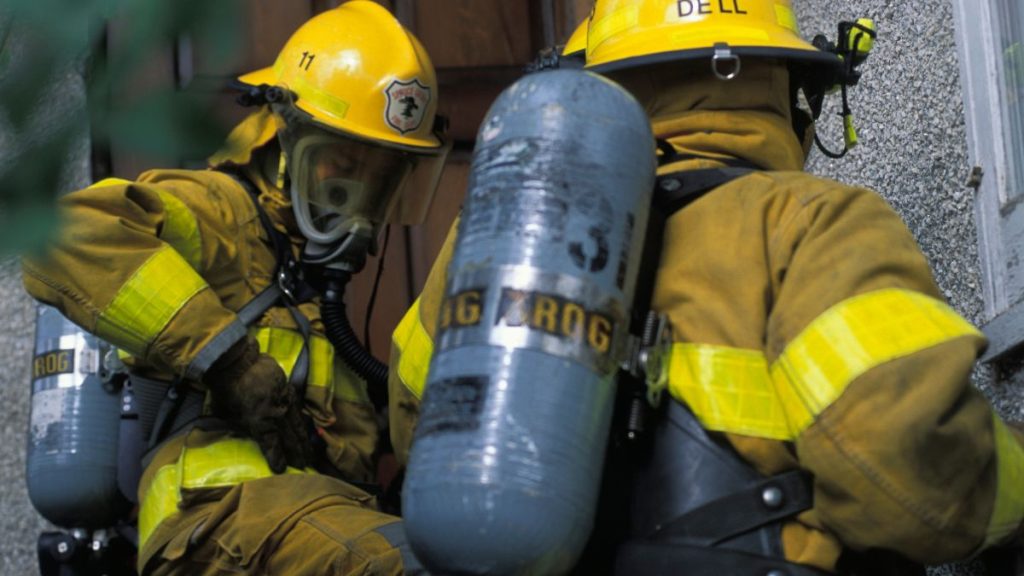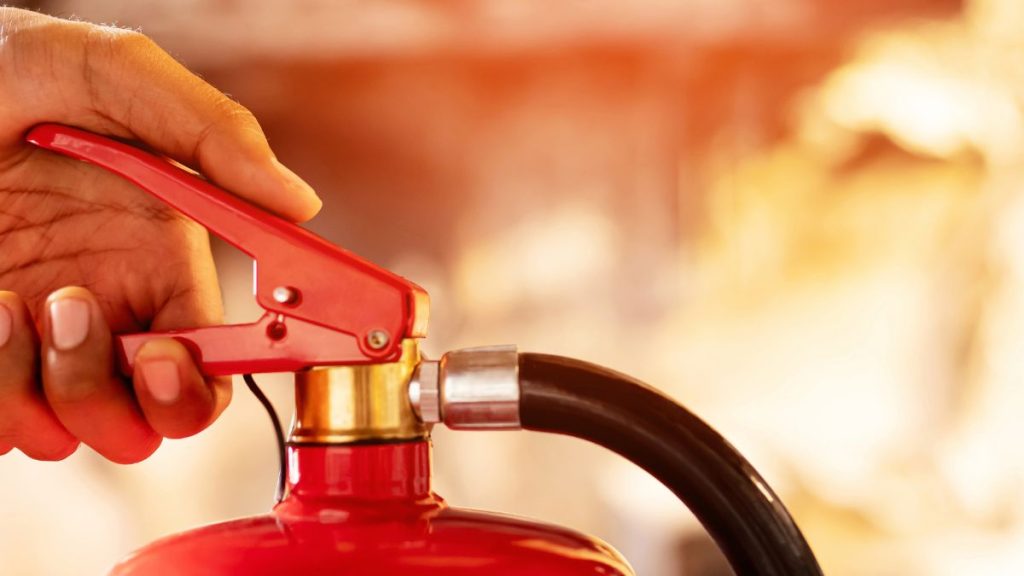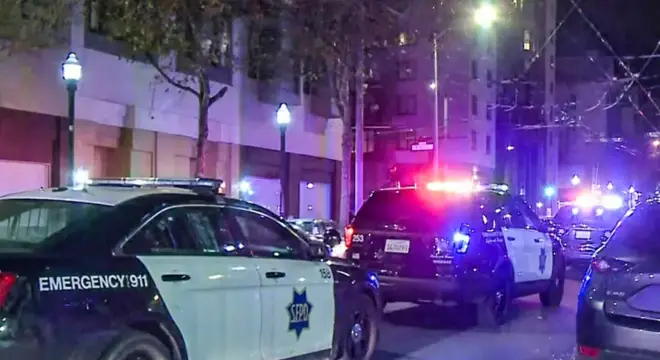Fire in Massachusetts Home Injures One, Displaces 11 Residents
Last night, I watched in shock as news broke about a fire on Elm Street in New Bedford. Just after 8:30 PM, crews from the New Bedford Fire Department rushed to a triple-decker building where flames were already licking the second floor.
When I dug deeper into the reports, it became clear how quickly things escalated—the fire wasn’t just on one floor; residents on the top floors were trapped and in immediate danger.
I couldn’t help but think about the chaos inside that building—the smoke, the heat, and the fear of people trying to escape. As I read through the updates, it struck me how critical timing and quick action are in situations like this.
Understanding exactly what happened gives us a clearer picture of the bravery required and the urgency of having fire safety measures in every home.
Rescue Operations – Life on the Line

Last night’s fire on Elm Street wasn’t just another local news story—it was one of those events that hits you when you picture yourself inside the chaos. As soon as the New Bedford Fire Department arrived, they were met with heavy flames consuming the second floor and thick smoke pouring from the upper windows.
From the reports, it was clear that residents on the top floors were trapped, unable to get out safely on their own.
According to WJAR 10, firefighters had to act fast to reach a woman on the third floor. They carefully guided her down the stairwell, dodging falling debris and navigating smoke-filled hallways. She was immediately transported to St. Luke’s Hospital and later transferred to Mass General, where she remains in critical but stable condition.
Incidents like this remind me of previous fires, like the one in New Hampton where two firefighters were injured while battling a house blaze, showing the risks first responders face every day.
Reading about this made me think about how split-second decisions can mean life or death. It’s hard not to imagine the fear inside that building, the heat pressing against every door, and the courage it took for both the residents and the firefighters to survive that night.
Displaced Residents – Community Steps Up
For the 11 people who lost their homes, the fire wasn’t just an event—it completely upended their lives. Imagine walking out of your front door expecting a normal evening, only to return to smoke, water, and a home you can’t go back into. The Red Cross stepped in immediately, providing temporary shelter, food, and clothing. It’s incredible to see how communities mobilize in moments like this.
The New Bedford Fire Department’s official Facebook page has been actively posting updates and sharing ways for neighbors to support those affected. Reading through those posts, I could feel the community’s heartbeat—the messages of hope, calls for donations, and neighbors volunteering to help.
You start to realize that a fire isn’t just about property loss; it’s about the disruption of lives, routines, and the emotional weight carried by those displaced. For anyone living in multi-family buildings, this is a reminder of how quickly things can change and why community support networks are essential.
Fire Investigation – What We Know So Far
As with most fires, the question on everyone’s mind is: what caused it? Authorities are still investigating, and at this point, no definitive cause has been released. The New Bedford Fire Department and other officials are examining all possibilities, from electrical issues to accidental causes.
While reading the updates, I kept thinking about the importance of understanding these investigations—not just to assign blame, but to learn. Fires like this are painful reminders that safety isn’t guaranteed, and understanding how they start can prevent future tragedies.
While the Elm Street fire’s cause is still under investigation, past cases such as the Shelby mobile home fires, where authorities later arrested a suspect, highlight the wide range of possibilities that investigators consider.
For readers like us, it’s not just curiosity; it’s about thinking critically about our own homes, identifying risks, and preparing for worst-case scenarios before they happen.
Safety Lessons – How to Protect Your Home

If there’s one takeaway from this fire, it’s that preparation matters more than we often realize. Smoke alarms should be installed on every floor, fire extinguishers must be accessible, and everyone in the home should know escape routes.
Planning doesn’t stop at equipment; it’s about having a clear idea of what each family member should do if an emergency arises.
Personally, when I hear about incidents like the Elm Street fire, I think about my own home and whether we’ve done enough.
Have I tested our alarms recently? Does my family know where the exits are if smoke fills the hallway? Sharing these lessons isn’t about fear-mongering; it’s about empowering you to take small, practical steps that could save lives.
Similar situations have occurred elsewhere, like in Iowa, where a home fire left one person injured and taken to the hospital, underscoring the unpredictability of residential fires.
Community Engagement – Ways to Help
I’ve always believed that even small actions, when combined, can make a real difference. In the aftermath of the Elm Street fire, local organizations like the Red Cross are accepting donations and volunteer support to help the displaced families.
Sometimes, even spreading verified updates or sharing news posts can rally more people to provide aid.
If you want to help, the New Bedford Fire Department’s official Facebook page is the best place to find up-to-date instructions on donations, volunteer opportunities, and community drives.
Seeing neighbors come together in times of crisis reminded me that tragedy often brings out the best in people. Every contribution, no matter how small, plays a part in helping families rebuild their lives.
Many residents also stay updated and share tips through local WhatsApp groups focused on neighborhood safety and emergency alerts, which can be a useful way to stay informed in real-time.
Final Thoughts – Reflecting on the Elm Street Fire
Reading about the Elm Street fire made me pause and think—not just about the destruction, but about how fragile our routines can be. Eleven people lost their homes in a single night, and one person is still fighting for recovery in the hospital. It’s easy to get caught up in statistics, but behind every number is a life disrupted, a family in shock, and neighbors trying to step in and help.
As someone following this closely, I can’t stress enough how important preparation and community awareness are. Fires like this are tragic, but they also teach us lessons about readiness, vigilance, and empathy. Checking your smoke alarms, reviewing escape plans, and being aware of your neighbors isn’t overkill—it could save lives.
I also want to highlight the incredible response from the New Bedford Fire Department, the Red Cross, and local residents. Their courage, dedication, and quick action prevented this incident from becoming far worse. It’s a reminder that even in chaos, people coming together can make a difference.
If there’s one thing I hope you take away from this story, it’s this: think about your own preparedness, look out for your community, and never underestimate the power of quick action. And I’m curious—after reading this, what steps would you take to make sure your home and neighbors are safer? Share your thoughts or experiences; we can all learn from each other.
For more stories on home safety incidents and practical tips, visit our Home Incidents category to stay updated.
Disclaimer: The information in this article is based on the latest available reports and official sources at the time of writing. Details may change as investigations continue. Readers should follow local authorities and official channels for the most up-to-date information.


